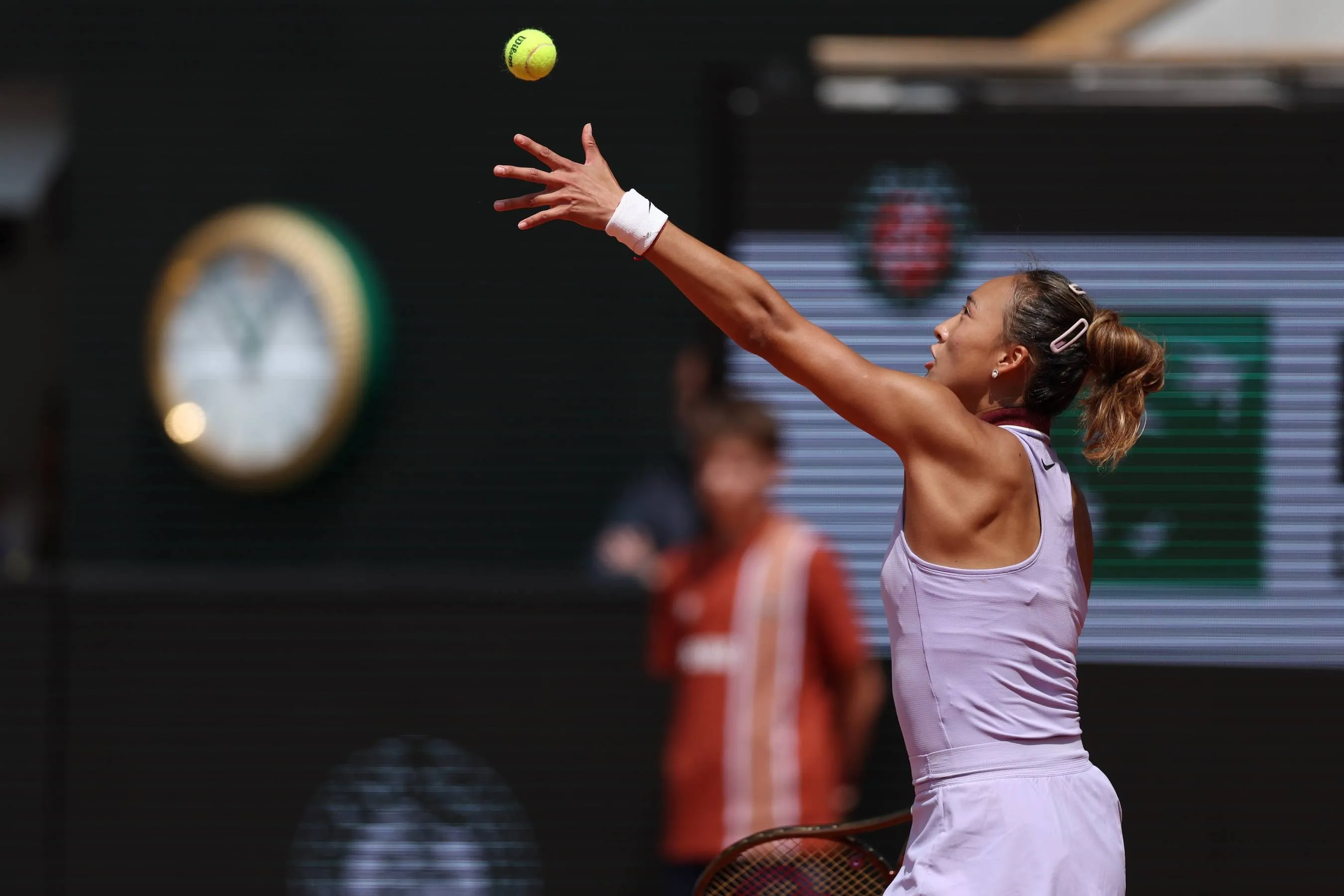
Regripping a tennis racket is a rite of passage for any beginning enthusiast of the sport, and a necessity for competitive players.
While the process isn’t particularly difficult, it is tricky to get started and can prove a bit challenging to perfect – especially when it isn’t very obvious which grips on the market to buy, when it comes to having a go yourself.
Racket grips can fall into two categories: Replacement grips and Overgrips.
Replacement grips function as the main cushioning part of a grip setup. They are thicker, and generally come in packs of one. Brand new rackets always come with a replacement grip installed from the factory.
These grips have a sticky backing running along their entire length and are installed directly onto the racket handle. All previous grips must be removed before wrapping a new replacement grip. To install, remove the sticky backing from the new replacement grip, and start with the tapered end at the butt cap of the racket.
Working from the bottom of the racket handle, it is best to wrap the replacement grip with minimal overlap (1-1.5mm at most). Once reaching the top of the handle, use a pair of sharp scissors to cut the end of the grip, in line with the top boundary of the racket handle. This ensures a neat, even finish at the top of the handle, using the sticky finishing tape (normally wrapped around the replacement grip in the packaging) to secure it.
Read also
The specific brand/line of replacement grip doesn’t matter too much, but higher-end grips will have longer-lasting cushioning. Avoid cheaper replacement grips such as the common Karakal PU Super Grip, in favour of grips such as Wilson Sublime and Prince Durapro.
Overgrips provide extra traction and feel for the user, as well as something to absorb sweat. These grips are thinner (0.5-0.7mm) and tend to come in a pack of three or more.
The wrapping of overgrips is very similar to that of regular replacement grips, albeit the tapered end will have only a small bit of adhesive to get the installation started. The amount of overlap in the wrapping is personal to the player, but 2-3mm is a good place to start, and suits most. Overgrips are intended to be replaced more regularly, and although the frequency of this varies from person to person, I would consider replacing an overgrip every few weeks.
The brand and type of overgrip is, once again, very personal to the player, as each will offer a slightly different feel. From experience as a stringer, I recommend starting with Wilson Pro Overgrip and Yonex Supergrap, given their quality and excellent blend of tacky and dry feel.
For those looking to save money (I’m looking at you, junior competitors), it should be noted some overgrips are “flippable.” Overgrips such as Yonex Supergrap and Tourna Original have a very similar surface on the front and back, such that a worn overgrip can be removed from the racket handle, flipped on it’s axis, and re-wrapped to present the other side.
This quick fix won’t last anywhere near as long as the first side of the overgrip, but there might be just enough feel to get you through the next match if necessary. Once you have the grip ready, you may have a look at some tennis balls too.
Read also
Loading







